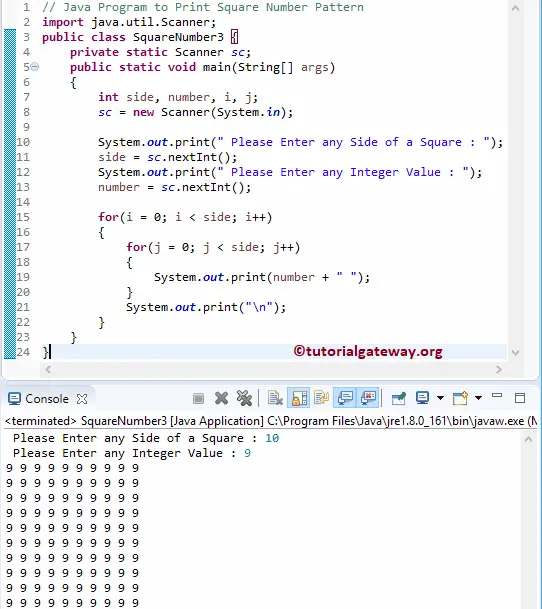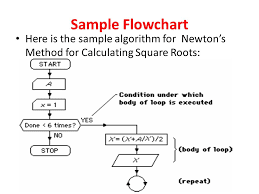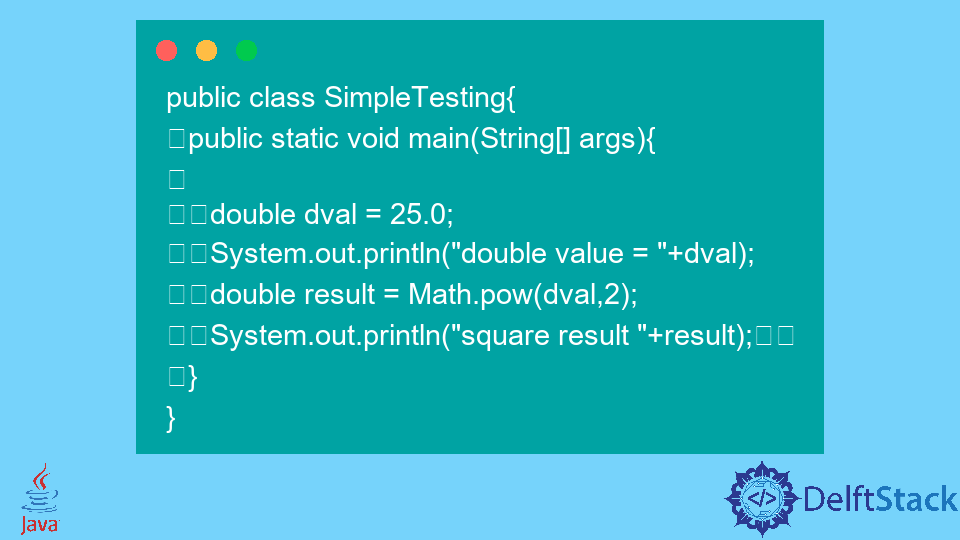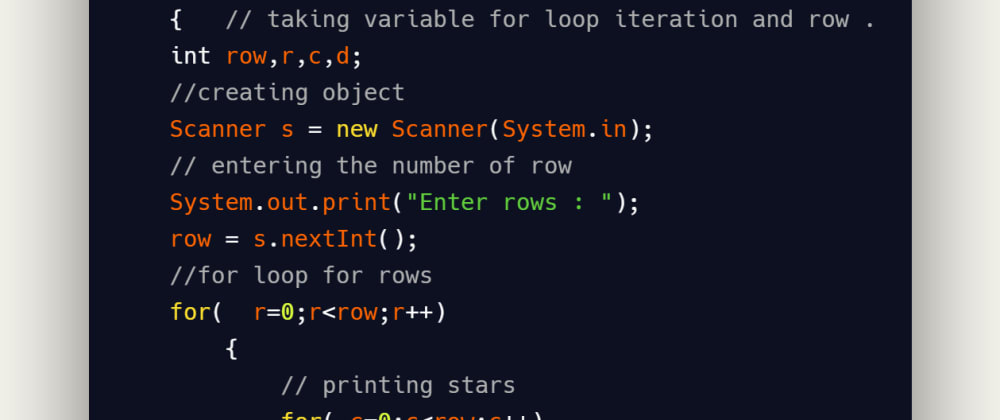Squaring a number in Java is a simple task that can be accomplished in a few different ways. Here are three different methods for squaring a number in Java:
Method 1: Using the Math class
The Math class in Java contains several useful mathematical functions, including a function for squaring a number. To square a number using the Math class, you can use the following syntax:
double squared = Math.pow(number, 2);
Here, "number" is the number that you want to square, and "squared" is a double variable that will hold the result of the square. This method is simple and easy to use, but it can be slower than some other methods because it involves a function call.
Method 2: Using the "*" operator
Another way to square a number in Java is to use the "" operator, which is the multiplication operator. To square a number using the "" operator, you can use the following syntax:
double squared = number * number;
This method is simple and fast, but it only works for primitive data types like int and double. If you want to square an object, you will need to use a different method.
Method 3: Using a loop
A third way to square a number in Java is to use a loop. This method is more complex than the other two, but it can be more flexible because it allows you to square any object, not just primitive data types. To square an object using a loop, you can use the following syntax:
Object squared = new Object();
for (int i = 0; i < 2; i++) {
squared = squared * object;
}
Here, "object" is the object that you want to square, and "squared" is an object variable that will hold the result of the square. This method is slower than the other two methods, but it is more flexible because it can square any object.
In conclusion, there are three different ways to square a number in Java: using the Math class, using the "*" operator, and using a loop. Each method has its own advantages and disadvantages, so you should choose the method that is most appropriate for your needs.







